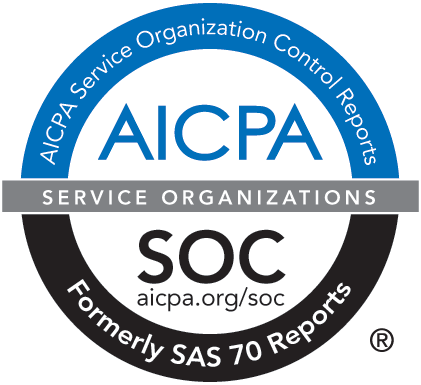CRATs & CLUTs & DAFs…oh my!
DECEMBER 18, 2020 - The life-transforming work of charities is important. We know that any gift which allows you to advance your mission is welcomed and appreciated. But there are strategic ways your donors can contribute to your organization which minimize taxes and maximize gifts.
Don’t be frightened by the names and number of them, because we’re here to help you keep them straight. As you work with your donors, consider these most popular charitable giving vehicles:
CHARITABLE REMAINDER TRUST
With a charitable remainder trust (CRT), an individual contributes assets to an irrevocable trust that makes annual distributions to the donor or other individual beneficiaries for the duration of the life or lives of the beneficiaries, or for a fixed term of years. Once the trust term has ended, the remaining trust assets pass to the donor’s chosen charities.
A CRT can be funded with many different types of assets and the donor is able to take an immediate tax deduction for the present value of the trust assets which will pass to charity. For this reason, a CRT is a good option for a donor who wishes to take an immediate tax deduction but who needs an income stream as well.
These vehicles can also be used to preserve the value of highly appreciated assets. A donor can contribute appreciated assets to a CRT and the trust, because it is tax-exempt, can sell the assets without paying capital gains tax at the time of the sale, leaving the entire amount of the proceeds available for investment for the benefit of both the individual and charitable beneficiaries.
There are two ways to structure CRTs:
Charitable Remainder Annuity Trusts (or CRATs) distribute a fixed annuity each year and do not allow for additional contributions to the trust.
Charitable Remainder Unitrusts (or CRUTs) distribute a fixed annual percentage based on the balance of the trust assets and do allow for additional contributions to the trust.
CHARITABLE LEAD TRUST
With a charitable lead trust (CLT), an individual contributes assets to an irrevocable trust that makes annual distributions to one or more charities for a life term or fixed term of years. At the end of the trust term, the assets are either returned to the donor or passed to other individuals, usually family members. The donor will be entitled to either a charitable income tax deduction or gift tax deduction. Unlike CRTs, CLTs are not tax-exempt, and the party responsible for paying the tax will depend on the type of CLT.
- Grantor CLT – The assets will be returned to the donor at the end of the trust term. The donor in this case is entitled to an income tax deduction in the year the trust is established for the present value of the income stream going to charity. However, the donor will be responsible for paying the income tax on the trust each year. This could be a good fit for a donor who has plans to make charitable gifts but could benefit from a larger deduction to offset a significant taxable event in a particular year.
- Non-Grantor CLT – The assets will pass to other individuals at the end of the trust term. The donor in this case is entitled to a gift tax deduction. The income is not taxed to the donor, rather it is taxed to the trust, and the trust can take a charitable deduction for amounts passing to charity each year. A non-grantor CLT removes assets from the donor’s estate, potentially reducing the amount transfer taxes that could be owed to pass assets to the next generation.
Just as with the CRT, a qualified CLT can be structured as either:
Charitable Lead Annuity Trusts (or CLATs) with a fixed dollar amount going to charity annually, or as
Charitable Lead Unitrusts (or CLUTs) with a fixed percentage applied to the trust annually to determine the payments.
CHARITABLE GIFT ANNUITY
A charitable gift annuity is a contractual agreement between a donor and a non-profit organization. The donor contributes assets to the organization in exchange for fixed annuity payments for life, or for the lives of one or two other annuitants. The annuity payment and charitable deduction amounts are determined based on the funding amount and the age of the annuitant(s). Upon the death of the annuitant(s), the remaining assets are retained by the organization to further its charitable purposes.
DONOR-ADVISED FUND
A donor-advised fund (DAF) is a charitable giving account that is sponsored by a public charity, like HighGround Advisors, and funded by a donor’s tax-deductible contributions of cash, stock, or other assets. Contributions to a DAF have the potential to grow, tax-free, over time and donors retain the right to recommend grants from the DAF to eligible charities of their choice.
For these reasons, a DAF is an excellent vehicle for donors who wish to maximize their charitable impact, give in a tax-advantageous way, and streamline the administration of their donations.
As you follow the yellow brick road to maximum impact, contact HighGround’s expert trust and legal team for guidance. If you have any questions, you can call us at 214.978.3300.



